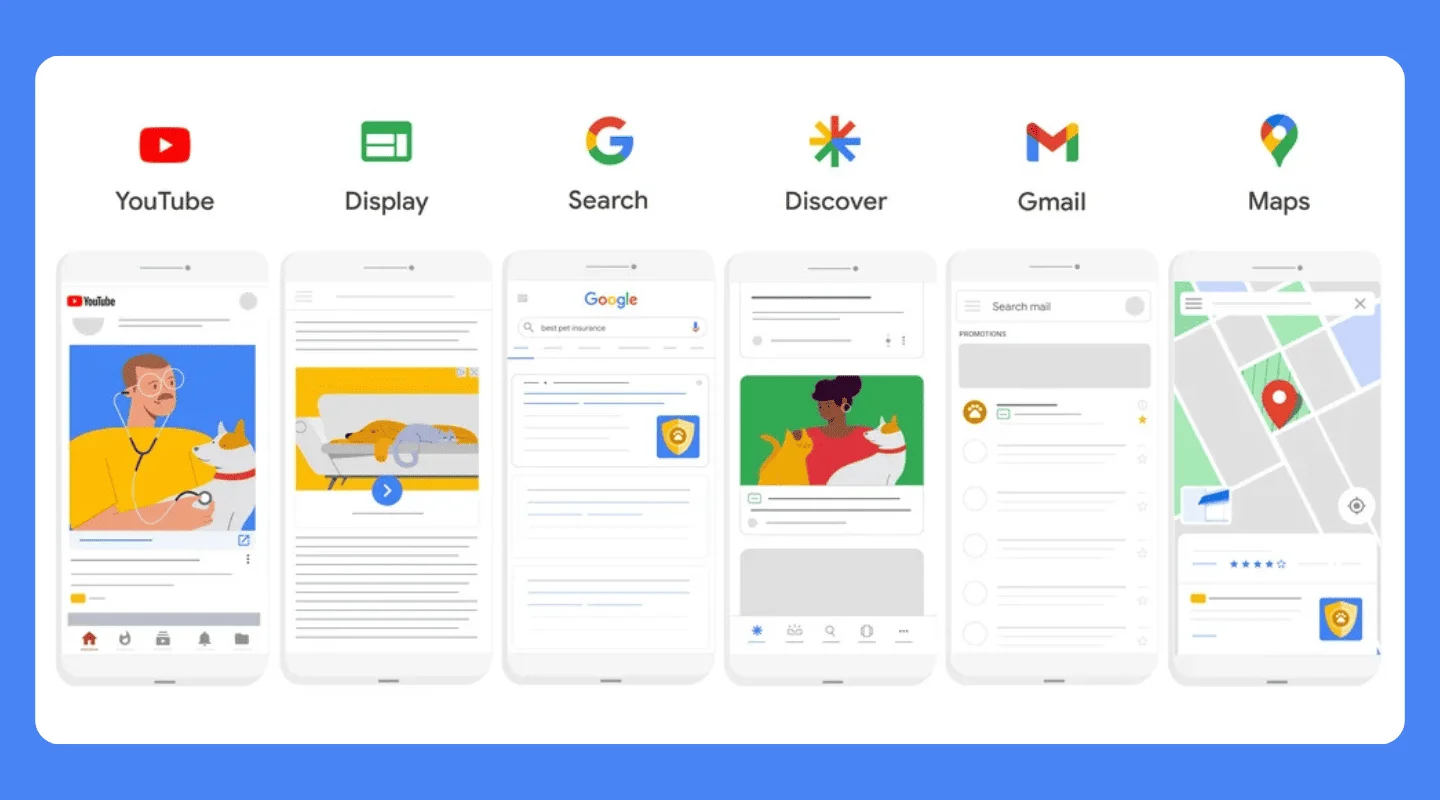
As of March 15, 2025, Google has officially phased out Enhanced Cost-Per-Click (eCPC) bidding for all Search and Display campaigns. This marks the end of a widely used strategy that helped advertisers blend manual control with algorithmic optimization. The shift, which began after Google’s announcement on September 5, 2024, signals a broader move toward automation-first advertising—and a future led by Performance Max.
eCPC was a semi-automated bidding strategy that allowed advertisers to set manual CPC bids while Google’s system adjusted them in real-time to help drive more conversions. It struck a balance: you kept some control while the algorithm worked to improve efficiency. eCPC was particularly favored by advertisers who wanted optimization without entirely handing over control to Smart Bidding strategies.
The end of eCPC is more than a product update, it’s a mindset shift. Google is sending a clear message: lean into automation. While eCPC gave advertisers a sense of control, the post-eCPC landscape emphasizes AI-powered bidding and performance-first models like Smart Bidding and Performance Max. If you still rely on legacy manual tactics, now is the time to reevaluate your campaign architecture.

Depending on your campaign goals, here are the bidding strategies Google now recommends:
It is ideal if your goal is to get the most conversions within a specific budget or target CPA.
Target ROAS strategy is best for advertisers focused on return on ad spend. Make sure you have conversion tracking with value data in place. Google recommends at least two or more differentiated conversion values.
If your main goal is to drive traffic or visibility, these strategies will help you increase your reach and site visits.
Eligible advertisers can opt to pay only for conversions, which may improve ROAS in Display campaigns.
Need help determining the right strategy? Refer to Google’s automated bidding guide and Smart Bidding hub for a full breakdown.

Google’s long-term vision is clear and Performance Max is at the center of it. Performance Max (PMax) campaigns allow advertisers to reach users across all of Google’s channels Search, Display, YouTube, Gmail, Discover, and Maps from one campaign. It uses machine learning to optimize bidding, placements, and creatives in real-time based on your specific conversion goals.
Run multi-channel campaigns across Google advertising channels with one campaing.
Google intelligently adjusts bids and placements for maximum impact.
Replace multiple campaign types with a single framework.
Search term insights, negative keyword support, and asset-level performance data are now available to give advertisers more visibility.
While PMax does require giving up some manual controls, Google has taken steps to improve transparency and diagnostic feedback. The platform is evolving fast and getting smarter every quarter.

If you’re still adjusting to life after eCPC, here’s how to navigate the shift:
Bidding algorithms need time to adjust. Avoid making rapid changes, and track metrics carefully to minimize volatility.
Performance shifts are normal during a bid strategy switch. Be proactive in managing targets and budgets to align with your KPIs.
Run controlled tests between Smart Bidding and Performance Max to determine what works best for your vertical and conversion flow.
The smarter your input data, the better the algorithm performs. Enable value-based conversions if you haven’t already done so.

The deprecation of eCPC is part of a broader evolution within Google Ads automation is no longer optional. As bidding strategies become increasingly driven by machine learning, the role of the advertiser is shifting from manual tinkering to strategic orchestration.
That doesn’t mean giving up control entirely it means making smarter inputs: clearer goals, cleaner data, better creative, and more thoughtful audience insights. The future belongs to advertisers who can blend human strategy with algorithmic precision.
As the landscape continues to evolve, staying informed, experimenting with intent, and adapting quickly will be the key to staying competitive. The sunsetting of eCPC may feel like the end of an era but it’s also the beginning of a smarter, more scalable way to advertise.